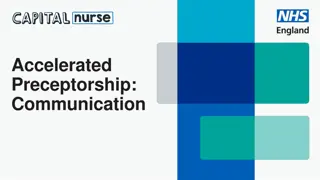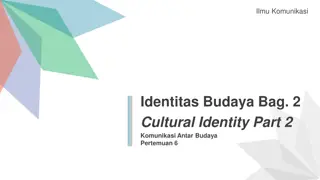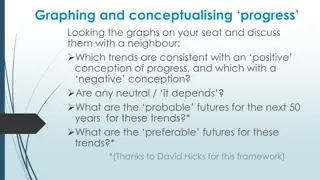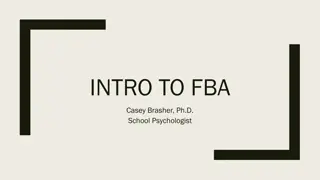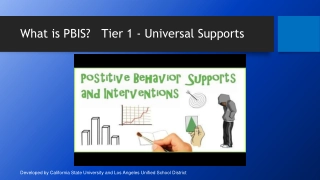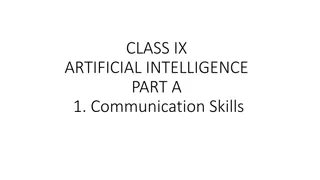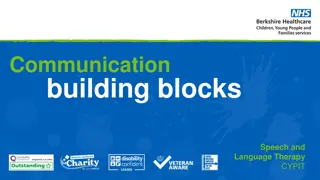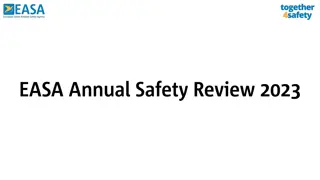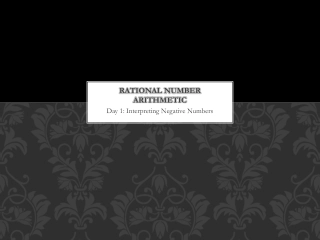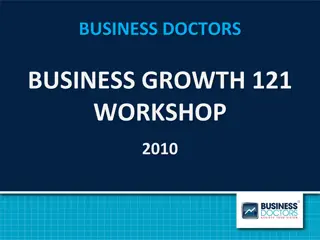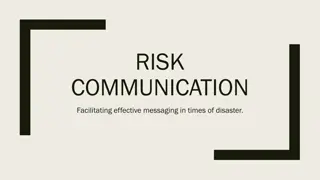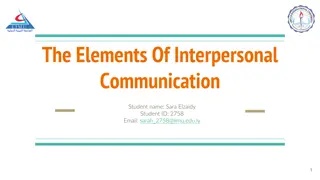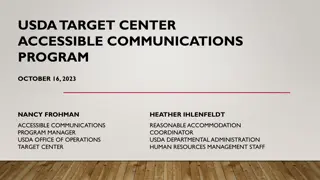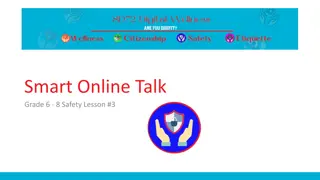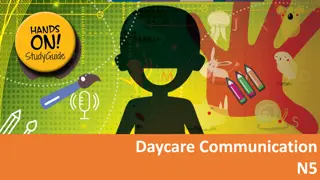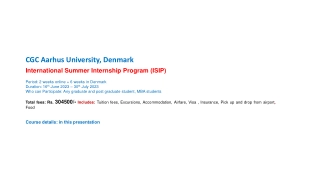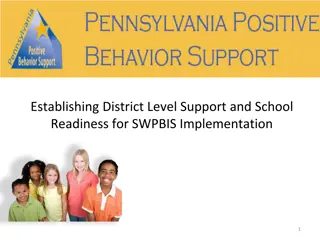Effective Strategies for Positive and Negative Business Communication
Learn how to deliver good, neutral, and bad news effectively in business communication. Understand the importance of context, audience, and purpose when crafting messages. Discover strategies for breaking bad news and communicating with multiple audiences. Enhance your communication skills to build stronger relationships in the workplace.
Download Presentation

Please find below an Image/Link to download the presentation.
The content on the website is provided AS IS for your information and personal use only. It may not be sold, licensed, or shared on other websites without obtaining consent from the author. Download presentation by click this link. If you encounter any issues during the download, it is possible that the publisher has removed the file from their server.
E N D
Presentation Transcript
Organizational Business Communication Chapter 5: Positive and Negative Messages Unless otherwise noted, this work is licensed under a Creative Commons Attribution-NonCommercial- ShareAlike 4.0 International (CC BY-NC-SA 4.0) license. Feel free to use, modify, reuse or redistribute any portion of this presentation.
Learning Outcomes By the end of this chapter, you will be able to: Demonstrate how to send good and neutral messages Discuss how to send news to multiple audiences. Compare some strategies for breaking bad news. Identify how to break bad news on social media.
Questions For Reflection Think about the last time that you got disappointing news. How did the sender deliver the message? How did that make you feel? Can you think of a way that you would have preferred to be told? Have you ever received a rejection from a job or university? Do you remember how that news was communicated? How did it make you feel? How would you have preferred to hear that news? Think about a time when you broke disappointing news to someone in the workplace or in your personal life. What strategy did you use to break the news? How did it go? Is there anything you wish you had done differently? How do you give bad news in your culture or family? Are you blunt or do you ease into it? Do you give different people bad news in different ways? Have you ever had to communicate news to a big group of people, like your family or your entire workplace? How did you decide what to put in the message? 1. 2. 3. 4. 5.
Delivering Good or Neutral News When it comes to neutral or positive messages, usually the best strategy is to get to the point. Make it clear: Why you re writing. What supporting details the reader needs to know. If the reader needs to do anything. You might find this format helpful: Be direct Give supporting details, explanation and commentary. If there are any drawbacks, state them clearly but positively. End with a note of thanks or congratulations. Remember that when you communicate, you should always be aware of the context, audience and purpose of your message, as well as the relationship you have with your reader.
Delivering Positive and Neutral Messages to Multiple Audiences When you communicate to multiple audiences, you can use this strategies: Thinking about what information different types of audiences might need. Using headings to allow people to skim for relevant content. Thinking about tone and word choice. How will different audience members react to your tone? Do you need to define any words? Providing links or attachments with more information for those who need it. Anticipating questions or objections your audience might have and answering them.
Bad News Messages A bad news message (or negative news message) delivers news that the audience does not want to receive. There are seven goals to keep in mind when delivering negative news, in person or in written form: Be clear and concise to minimize the chances of confusion or back-and-forth communication. Help the receiver understand and accept the news. Maintain trust and respect for the business or organization and for the receiver. Avoid legal liability or erroneous admission of guilt or culpability. Maintain the relationship, even if a formal association is being terminated. Reduce the anxiety associated with the negative news to increase comprehension. Achieve the designated business outcome. 1. 2. 3. 4. 5. 6. 7.
Delivering a Bad News Message There are two approaches you can use to deliver a negative news message: the direct approach and the indirect approach. Direct approach Indirect approach Is often used when: The audience values brevity. The message needs to be concise. The message is very complex. The message is related to a known issue or problem. You re terminating a business relationship. Is used when the bad news may have a significant impact on the recipient or you don t know them very well. Has five main parts: 1.Open with a buffer statement 2.Explain the situation 3.Break the bad news 4.Redirect or provide alternatives 5.End politely and forward-looking
Breaking Bad News on Social Media When someone complains about you or your company on social media, you might be tempted to ignore it. Unfortunately, the conversation about your company will continue whether or not you respond, so responding gives you an opportunity to control the message. If a customer complains on social media, your goal is to help resolve customer s complaint and show that your company has great customer service. Getting into a back-and-forth exchange with a customer will make you look unprofessional. The best thing to do is to reply to the customer with a short message like: Thanks for bringing this to our attention. Please follow me so that we can DM (direct message) each other and find a solution. Or, you can email me at ___. Hopefully, this will take the conversation offline so that you can resolve it.
Key Takeaways When giving good or neutral news, the most important constraint is not to waste people s time. Get to the point right away. When communicating good and neutral news to multiple audiences, make sure to use clear organization and headings to help people find the information they need. It s also important to use a positive tone and anticipate questions that a reader might have. When breaking bad news, think about the best case scenario. Your goals should be to be clear and concise, help the receiver understand the news, maintain trust and respect for the business, avoid legal liability, maintain the relationship if possible, reduce anxiety associated with the news and achieve the desired business outcome. You can use a direct or indirect approach to bad news.







